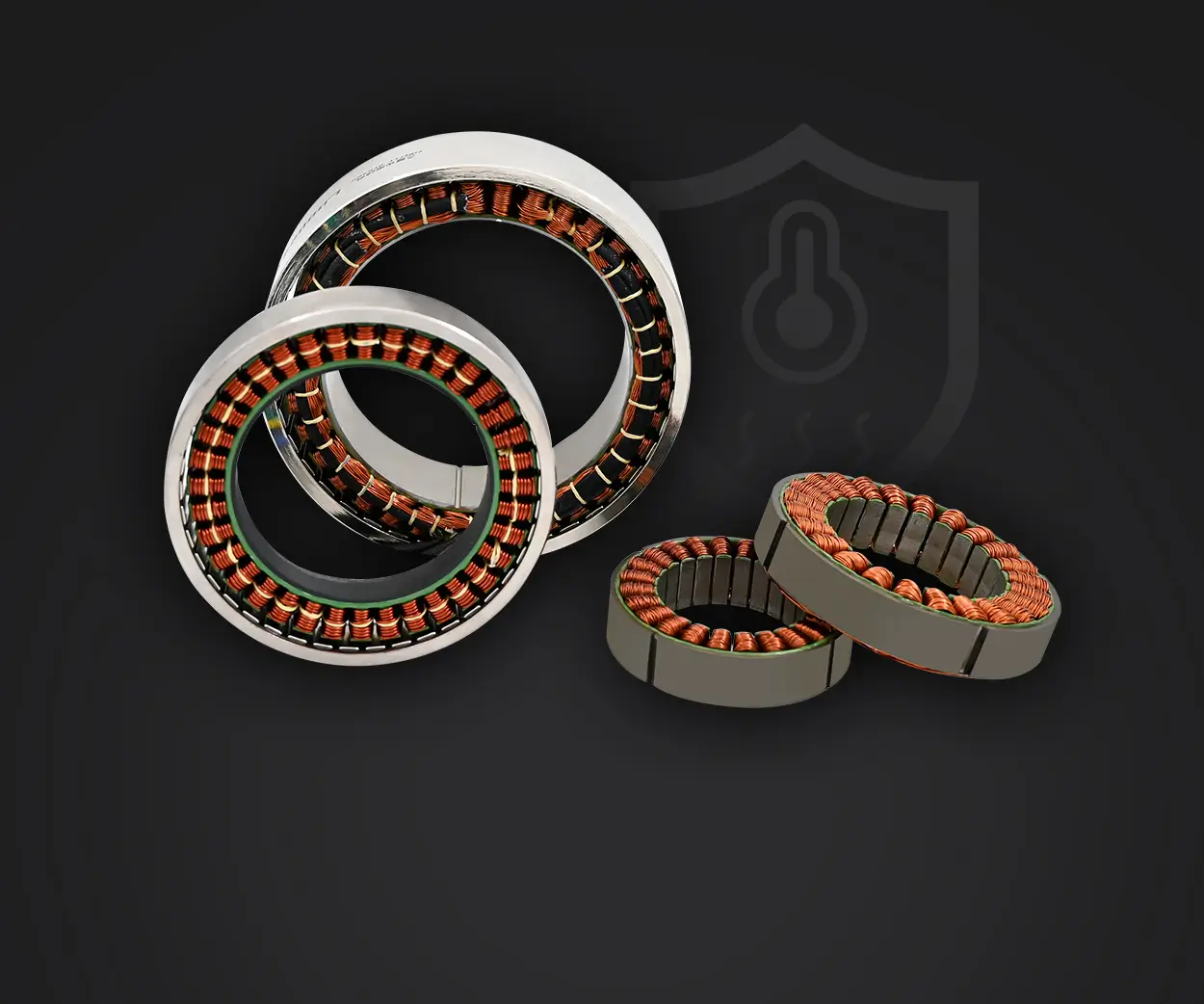Absolutely! Here's the first part of your soft article centered around the theme "servo motor 180 degrees." I'll craft it to be engaging, informative, and attractive, with a focus on capturing the reader's interest.

Imagine a tiny powerhouse capable of delivering precise, controlled movements within a full half-circle—that's the remarkable world of 180-degree servo motors. These miniature marvels of engineering have become indispensable tools across a vast array of industries and personal projects, thanks to their ability to turn electrical signals into accurate mechanical motion with remarkable ease.
At the heart of a 180-degree servo motor lies a simple yet sophisticated design. Unlike standard electric motors, which spin continuously, servo motors are equipped with a built-in control mechanism—often a feedback system—that makes them capable of rotating to a specific position and holds that position with high accuracy. This functionality, known as "position control," allows the servo to adjust its movement within a defined angular range—here, precisely 180 degrees.
Why is the 180-degree motion so popular? It offers a perfect blend of versatility and simplicity. Many robotic arms, for instance, operate within this angular range to mimic human-like motions, from opening a robotic hand to steering a small vehicle. Its range is large enough to provide meaningful movement while still being manageable for control circuits and power systems.
The typical 180-degree servo motor comprises several core components: a brushless motor or sometimes a brushed motor, a potentiometer (or other position sensors), and a control circuit. When the motor receives a signal—usually a PWM (Pulse Width Modulation) signal—from a microcontroller or remote control, the control circuit interprets the signal and determines how far and in which direction the motor should turn. The potentiometer continuously feeds back the current position of the motor's shaft, allowing the controller to adjust its output dynamically. This closed-loop feedback ensures that the servo motor precisely reaches and maintains the desired position within the 180-degree arc.
This precise control makes servo motors invaluable in robotics, where movements need to be smooth, accurate, and repeatable. For instance, in robotic arms, servo motors control joint angles, enabling complex manipulations like picking up delicate objects or performing intricate assembly tasks. Hobbyists and enthusiasts also favor these motors for remote-controlled airplanes, boats, and cars, where the fidelity of movement directly influences performance and realism.
Another attractive feature of 180-degree servo motors is their relatively straightforward wiring and control interface, allowing rapid integration into various systems. Typically, a three-wire connection—power, ground, and signal—connects them to a microcontroller, simplifying the design process. Despite their compact size, these servo motors deliver significant torque and resolution, which can vary depending on the model and application.
When selecting a 180-degree servo motor, it's vital to consider factors such as torque, speed, and voltage compatibility. Torque determines how much mechanical force the motor can exert, which is essential when moving heavier loads or resisting external forces. Speed affects how quickly the servo can move from one position to another; in applications demanding rapid movements, high-speed models are preferred. Voltage requirements must align with your power supply to ensure durability and reliable operation.
Beyond hobbyist uses, professional applications leverage 180-degree servo motors in more demanding environments. They serve as critical components in medical devices, aerospace systems, and industrial automation, where precise, repeatable motions are non-negotiable. For example, in surgical robots, a 180-degree servo might control the movement of instruments with micrometer-level precision, making complex procedures safer and more effective.
The evolution of servo motor technology over recent years has also expanded the horizons for their application. Newer models offer digital control, enhanced durability, and greater power efficiency. Meanwhile, innovations in materials and manufacturing continue to push the boundaries of miniaturization, allowing engineers to embed high-performance servo motors into increasingly compact devices.
Despite their apparent simplicity, a 180-degree servo motor embodies a fascinating interplay of hardware and control logic. Their ability to deliver precise, reliable motion within a limited range makes them a cornerstone in automation and robotics. The ease of integration, combined with their adaptability, ensures they'll remain a preferred choice for creators and professionals alike.
In the next part, we'll delve deeper into how these motors are controlled, their environmental considerations, and some inspiring use cases that showcase their true potential. From DIY projects to cutting-edge technology, the 180-degree servo motor continues to unlock new possibilities for motion and automation.
Established in 2005, Kpower has been dedicated to a professional compact motion unit manufacturer, headquartered in Dongguan, Guangdong Province, China.




































